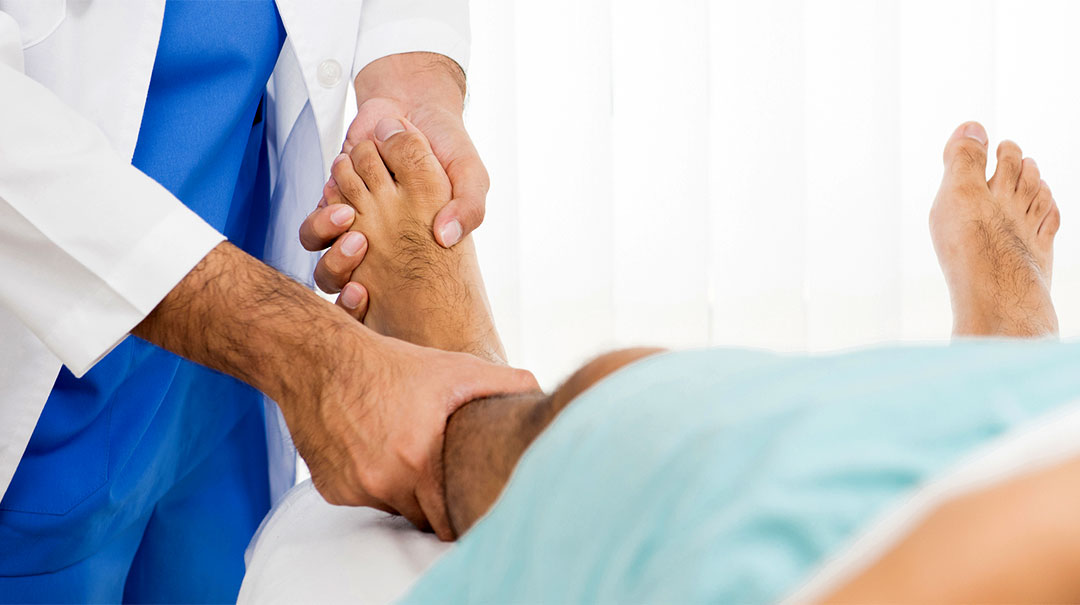There are many different types of VAC devices—some are designed specifically for in-hospital use, and others are portable for longer-term use. For the most part, most patients can get around while wearing a device by using crutches, a walker or a knee scooter.
MedStar Washington Hospital Center's Limb Salvage and Wound Care team includes experts in customizing therapies. Patients with complex diabetic ulcers come to us from other centers that have maxed out their abilities and resources to provide advanced care. For example, we saw a patient in 2017 who was told by two hospitals in the D.C. area that he needed a below-knee amputation. Our team not only was able to save his leg but also got him back to work in just two months with negative-pressure wound therapy.
Things to remember during diabetic ulcer treatment
Treatment discussions are never one-size-fits-all. Everyone heals differently, and the location of a wound affects how easily and quickly it can heal. During treatment, we constantly evaluate and tweak the therapy to improve healing. Your doctor will ask you a lot of questions and may recommend lifestyle changes during recovery. It’s important to speak up if you are concerned or if you have questions about your condition or treatment.
One thing that often surprises patients is that negative-pressure wound therapy devices make noise. The devices are made with sophisticated sensors, and these noises are from the device adjusting as it cleans and closes the wound. The devices are relatively quiet, but the noises can change as the wound changes or as the patient moves around. New sounds don’t mean that something isn’t working. The devices also have alarms, so if something does go wrong, you’ll know!
Another important aspect of recovery is self-care. People who have well-controlled diabetes tend to have better outcomes with VAC therapy. These are patients who carefully monitor their blood sugar and routinely examine their feet to look for cuts or wounds so we can prevent them from getting infected.
Related reading: Prevent diabetic foot problems with these easy care practices
With diabetes, nutrition is a delicate balance. We have to be careful with calorie intake, and we have to manage needs related to heart and kidney health. Many of our patients have trouble with all three, so we work as a team with a nutritionist and the patient’s endocrinologist. Regaining limb strength and mobility also is very important for long-term outcomes and quality of life, and our patients see a physical therapist and/or occupational therapist for rehabilitation.
I view my job as being able to provide the patient with the ability to be mobile for as long and as independently as possible. Sometimes that means amputation. But my job also is to prevent amputations, and negative-pressure wound therapy is an effective treatment that helps me do just that for my patients.
If you have been told your diabetic foot ulcer requires amputation or if your wound won’t heal, make an appointment with a wound care expert today.
Request an Appointment

